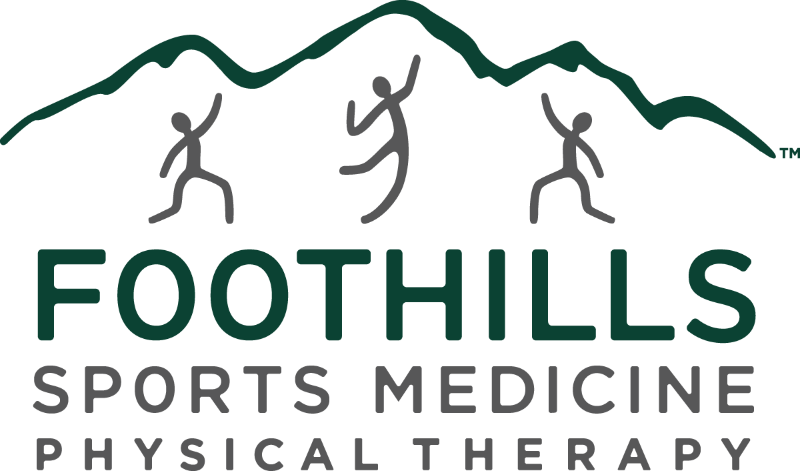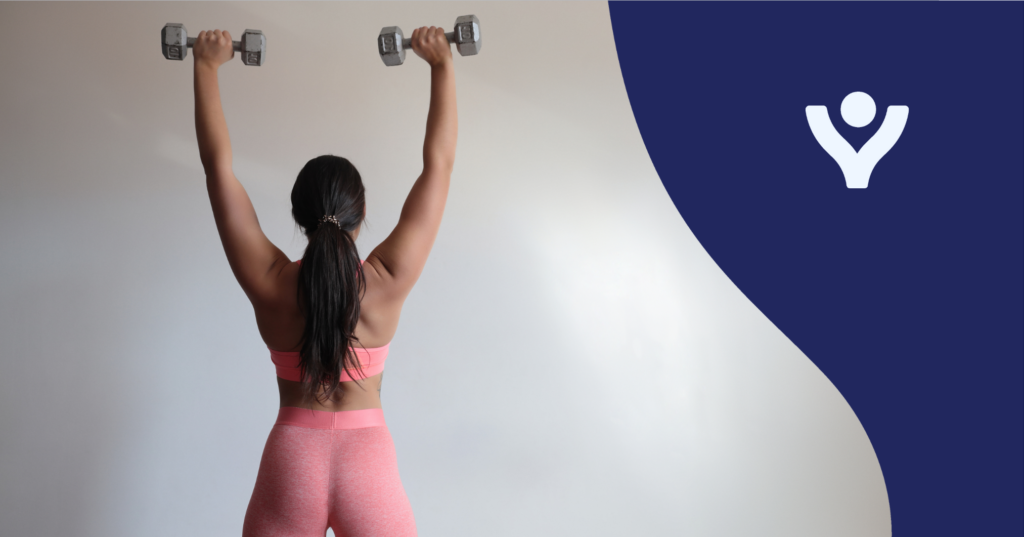I love sports and competition; I play basketball, volleyball, tennis, and golf regularly. While I love sports, I hate to see athletes get injured. I became interested in the PT profession in 2008 when I underwent surgeries on both of my hips. I know what it feels like to have the ability to play completely taken away from me — I also know the hard work required to get back into the game.
A common and well-known sports injury is a torn ACL; 150,000-250,000 ACL injuries occur annually and result in more than $500 million in US health-care costs each year. The sports at highest risk for an ACL injury are football, basketball, soccer, and volleyball. Also, ACL injuries are 3-8x higher in female athletes.
A majority — 72% — of ACL injuries are non-contact injuries, from either pivoting, cutting, jumping, or landing. Only 28% result from physical contact from other players. This means you could argue that 72% of ACL injuries are preventable.
To restore normal knee function and return to high-level sports after an ACL injury, surgery is required and is followed with 6-12 months of extensive treatment and recovery. While I find great satisfaction in helping athletes recover from ACL injuries and return to their sport, I have a greater passion for preventing the ACL injury from happening in the first place.
Exercise-Based Knee Injury Prevention Programs
In February 2017, I went to the Combined Section Meeting (CSM) in New Orleans. I attended a presentation by a group of world leaders in ACL injury research. Their goal was to create a reference publication for athletes, coaches, physical therapists, athletic trainers, physicians, and surgeons in orthopedics and sports, regarding the best current practice of exercise-based knee injury prevention programs.
Based on the research, they outlined not just which knee injury prevention programs were most effective, but what components of the programs were most effective. The research shows that the introduction of an exercise-based knee injury prevention program results in a 50% reduction in ACL and serious knee injury and a 75% reduction in non-contact ACL injuries.
But, this is not a groundbreaking new development. Exercise-based prevention programs have been shown to be effective for years and that’s why it’s so frustrating that so few teams are using these programs. My goal is to help change that and start a new culture around these sports with high risk of knee injury.
My Program
I have developed an exercise-based knee injury prevention program that is research-based and includes the components that are most effective. My program includes five components with multiple exercises, each with three phases of progression. It focuses on teaching and retraining movements required for sports skills. It helps build strength, neuromotor control, agility/coordination, and knee, body, and trunk control.
The program develops the patient’s ability to respond to unanticipated movements and overcome fatigue, which is crucial for injury prevention. Athletes will improve knee position and control during high-velocity and unpredictable movements such as cutting, decelerating, jumping, and landing — which are actions where ACL injuries often occur.
My program is designed to function as a 20- to 30-minute dynamic warm-up for athletes prior to practice and games during preseason and in-season. I will personally implement the program and work with the coaching staff to teach them how they can easily and effectively continue the program.
Why is this so important?
A few weeks ago I was treating a high school women’s club volleyball player for an unrelated injury. I asked if her team was performing any type of ACL-injury-prevention program. To my surprise, she told me that they were not. She told me that four girls had torn their ACL over the past two years.
This was hard to hear because, based on the statistics, had a prevention program been in place it is likely that three of the four girls would not have torn their ACL. Losing three players on a team in any sport will significantly affect the team’s season and competitiveness.
I have great experience implementing exercise-based programs that maximize performance and prevent injury for athletes in football, soccer, basketball, and volleyball at all levels including club, high school, and D1 collegiate sports. My goal is to implement this program to high school and club teams throughout the Phoenix valley.
Implementation of my program = Less injuries = Improved performance = More winning.
Closing Remarks
Change is hard, but to be competitive, change is necessary. The first step is to determine who is in need of such a program. With the current evidence, we know that females have a much higher incidence of non-contact, preventable ACL injuries. Specifically, female athletes playing high-velocity cutting and jumping sports such as soccer, basketball, and volleyball.
Clinicians, coaches, parents, and athletes should encourage the implementation of exercise-based knee injury prevention programs to reduce the risk of ACL and serious knee injury in all athletes aged 14-24 participating in high-risk sports.
If you have any questions or are interested in learning more about my sports medicineprogram feel free to email me at [email protected], stop by and see me at the Paradise Valley clinic, or call me at 602.464.6189. Discover our other Valley locations here.
Introducing an Exercise Program that Prevents ACL Injury




